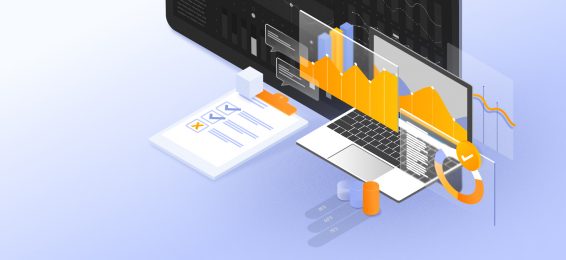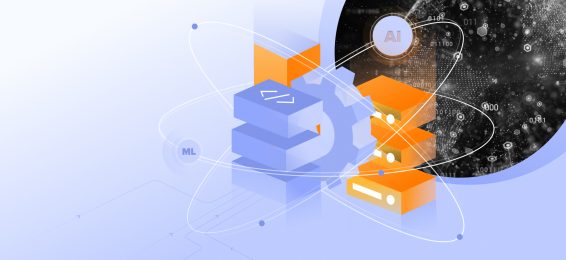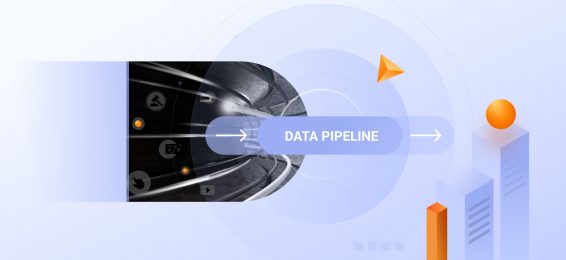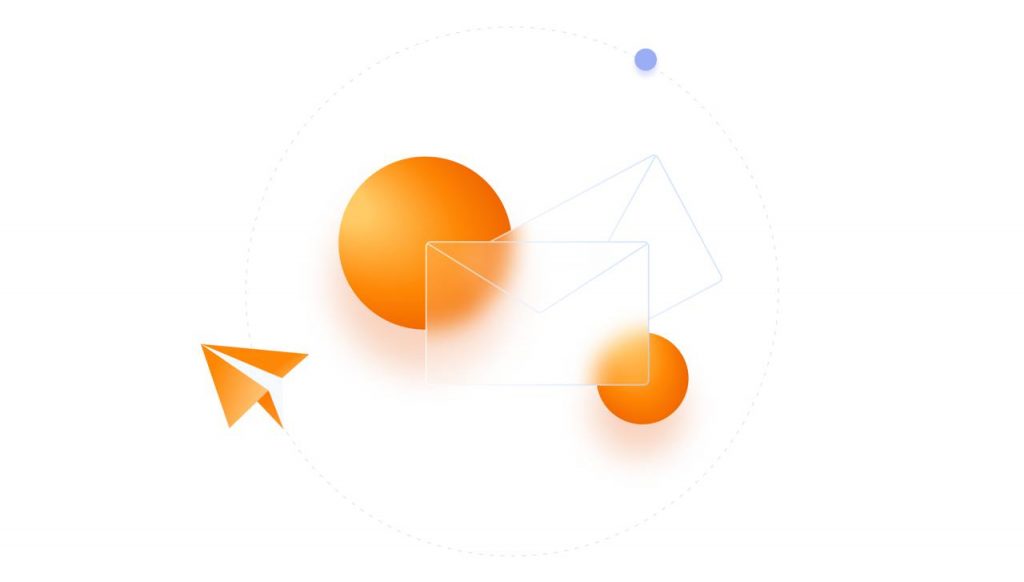What is parallel processing and how does it transform computing?
Parallel processing describes a computer operation in which multiple calculations or processes occur simultaneously. The purpose of parallel processing is to increase computational speed by breaking down complex tasks into smaller parts that can be executed concurrently. This approach fundamentally differs from sequential processing, where tasks are completed one after another.
How do real-world examples demonstrate parallel processing in action?
Common parallel processing examples include:
- Image processing where different sections of an image are processed simultaneously
- Weather forecasting models running multiple atmospheric calculations
- Scientific simulations utilizing massively parallel processing
- Parallel data warehouse systems handling large-scale analytics
These examples showcase how parallel processes can dramatically improve computational efficiency through data parallelism and task distribution.
Is GPU architecture specifically designed for parallel processing?
Yes, Graphics Processing Units (GPUs) are prime examples of parallel processing computer architecture. While CPUs typically handle sequential tasks efficiently, GPUs excel at parallel processing by:
- Processing thousands of data elements simultaneously
- Utilizing massive parallel processing capabilities
- Implementing data parallelism across multiple cores
- Managing parallel data processing for graphics and computations
This makes GPUs particularly effective for tasks that benefit from parallel computing, such as machine learning and scientific calculations.
How does the parallel process work in modern computing environments?
Parallel processing in cloud computing and modern systems operates through several key mechanisms:
Architecture Types:
- Shared memory systems
- Distributed memory systems
- Hybrid approaches combining both
Processing Methods:
- Data vs task parallelism in different scenarios
- Parallel data warehouse implementations
- Synchronized parallel processes
The advantages of parallel processing become evident in scenarios where:
- Large datasets require rapid processing
- Complex calculations can be broken into independent tasks
- Real-time processing demands exceed sequential capabilities
Understanding what is parallelization and how it applies to different computing scenarios helps organizations determine what type of queries benefit from parallel processing. Whether in scientific computing, data analytics, or cloud environments, parallel processing continues to drive advancements in computational capabilities.
The parallel computing benefits extend beyond mere speed improvements to enable entirely new classes of applications and solutions that would be impractical or impossible with sequential processing alone.



